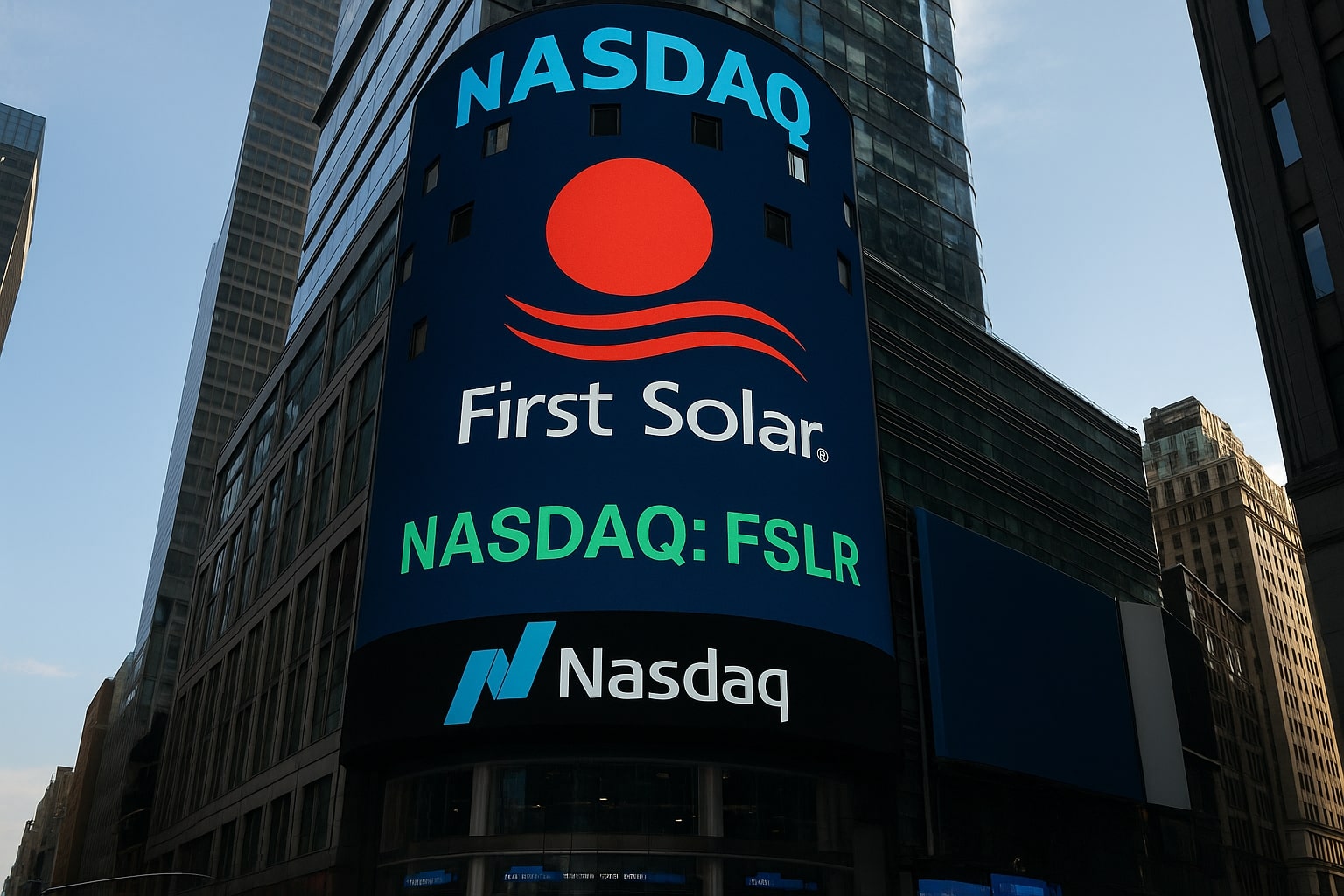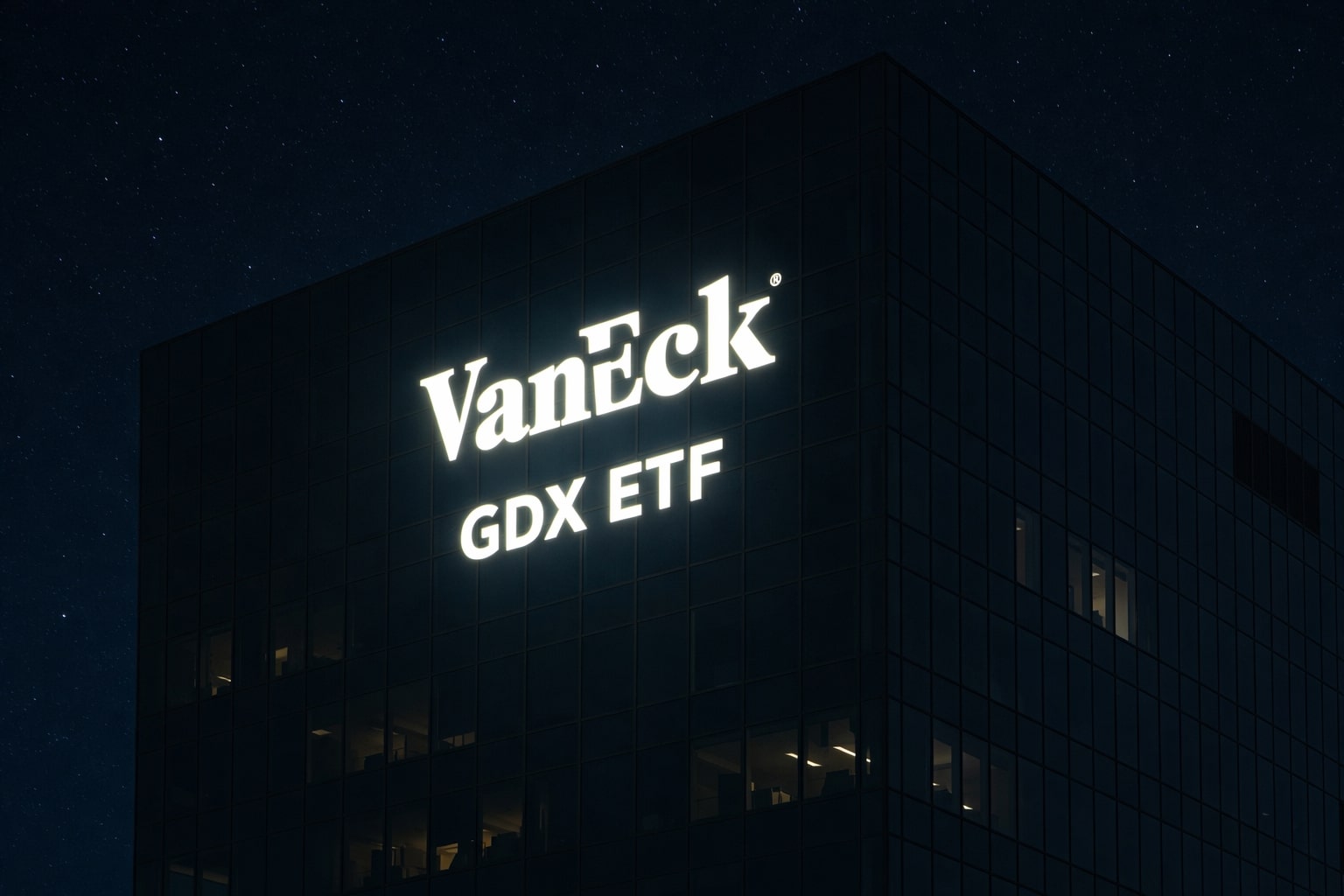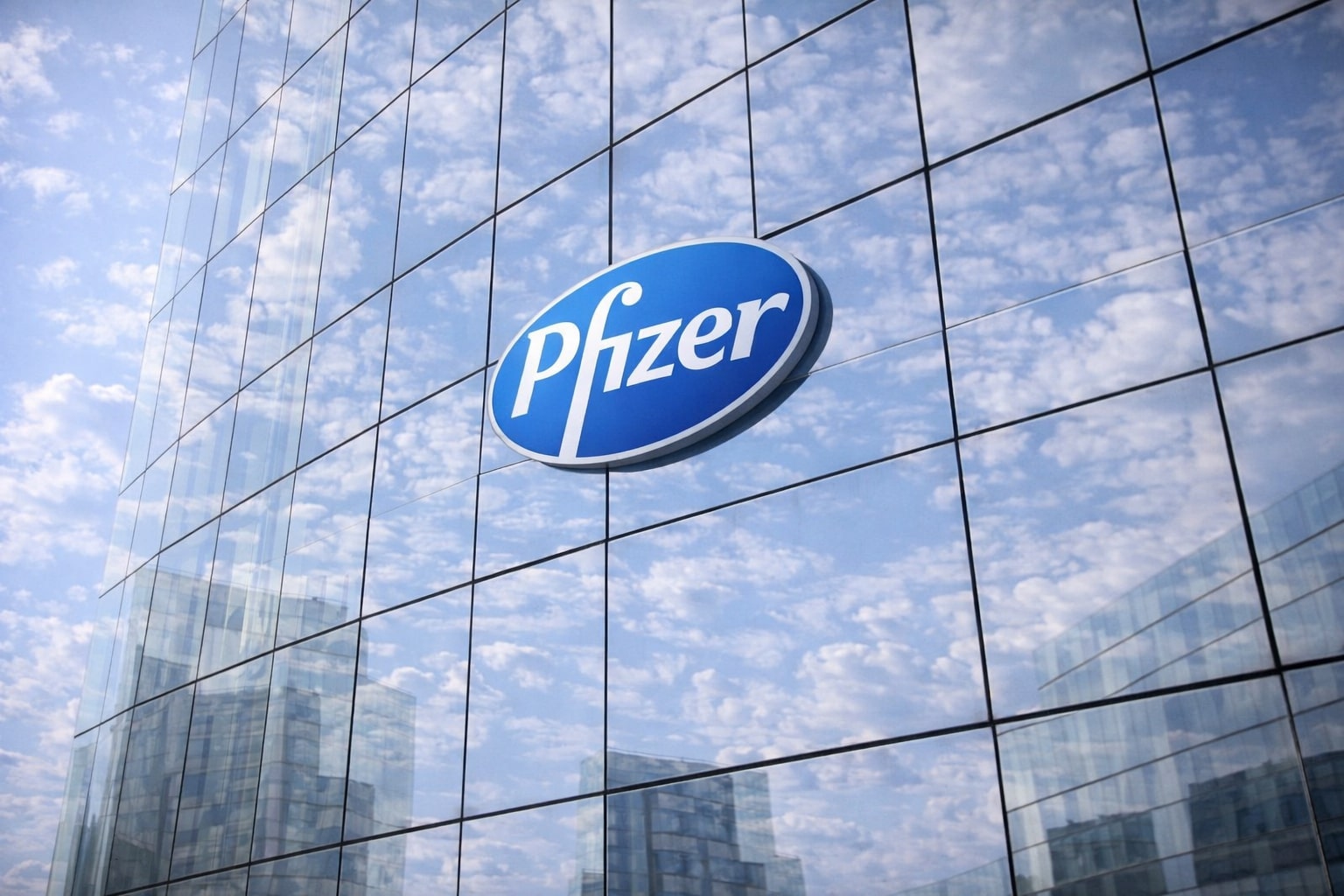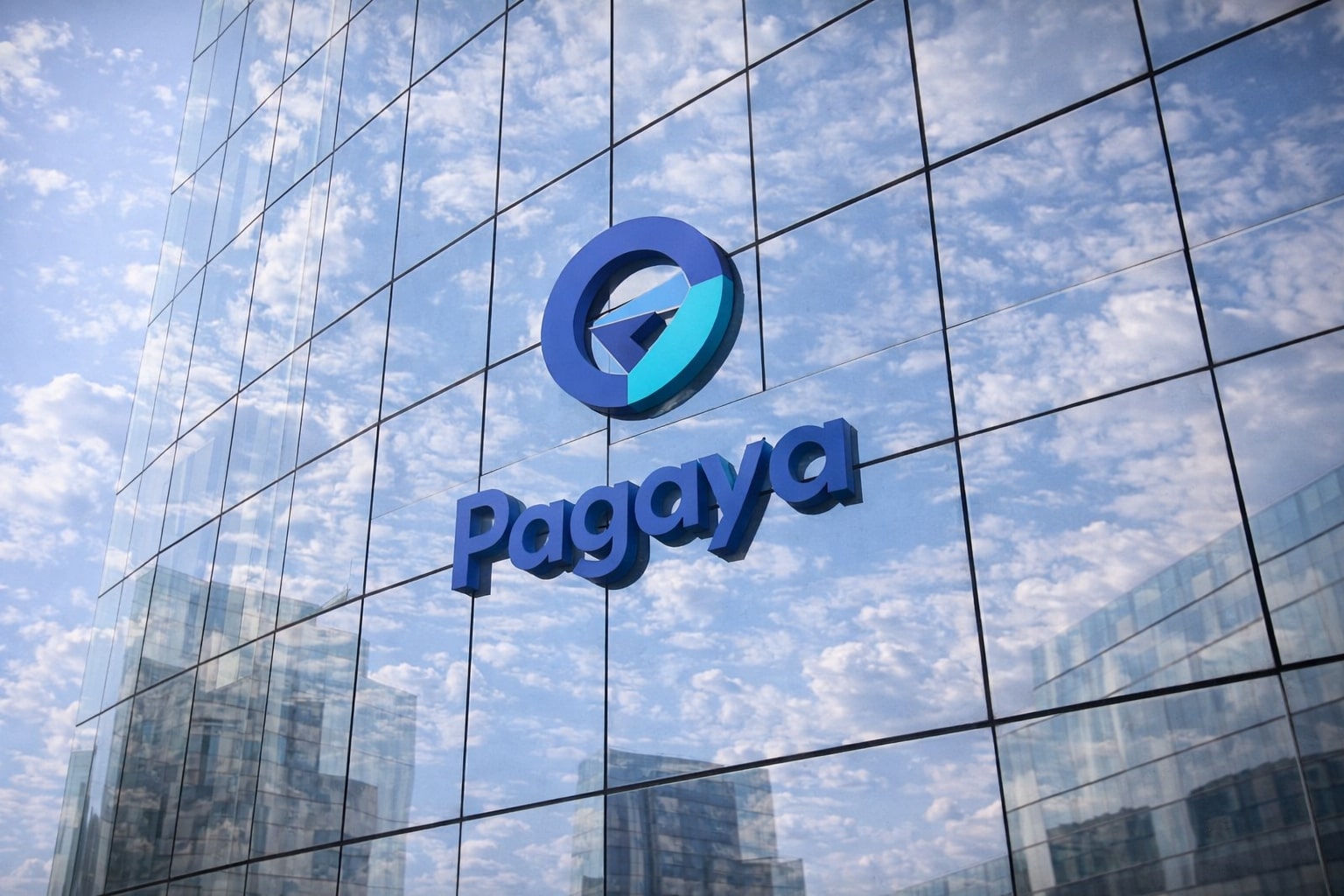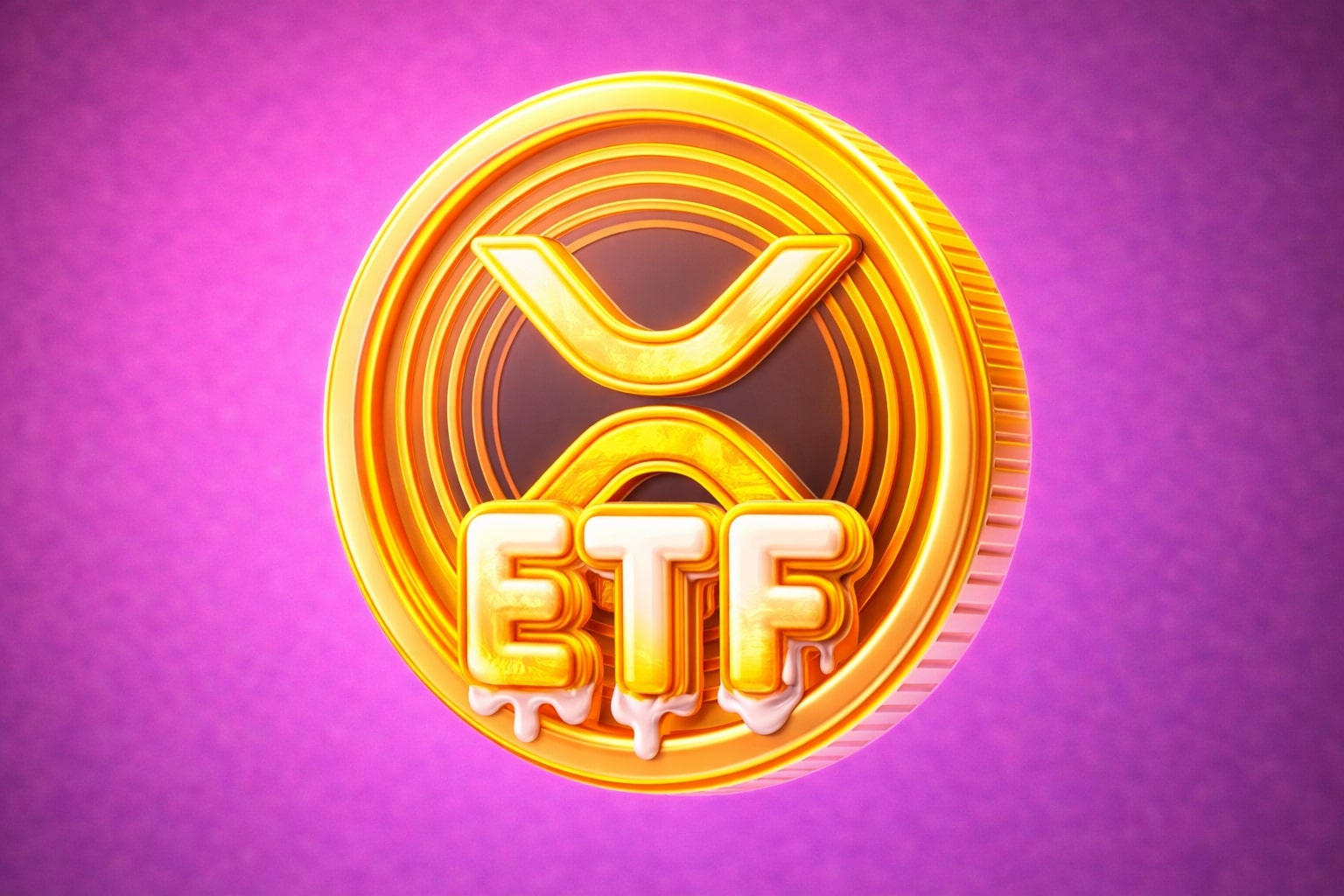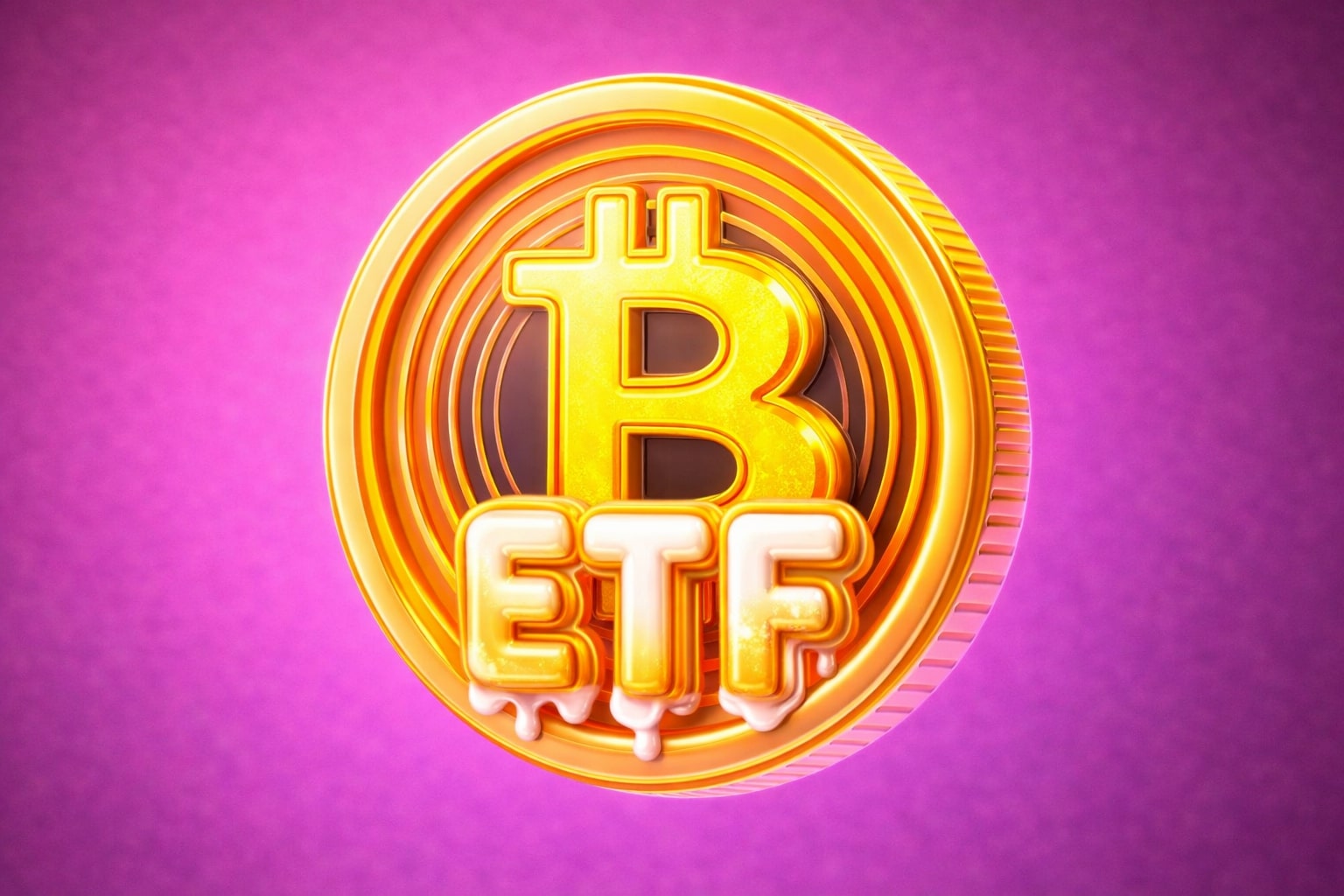NASDAQ:FSLR — Five-Day Repricing, Policy Edge, and Capacity Reality Check
First Solar’s Price Action: NASDAQ:FSLR Breaks Higher on Policy Premium Rebuild
NASDAQ:FSLR closed at $199.95 on Aug 15, up $15.30 (+8.29%) over five sessions, and ticked after-hours to $201.88 (+0.97%) as buyers chased a late-week squeeze from a $179.06 five-day low toward an intraday spike that kissed $201.43 before cooling. The tape shows a classic range reset: open $182.12, high $206.80, low $179.06, with a market cap of ~$21.44B, P/E 17.10, 52-week range $116.56–$262.72. The price reaction reflects investors re-pricing U.S. onshoring optionality and tax-credit survivability, not a meme move. Track the live print here: NASDAQ:FSLR real-time chart.
Margins Under Fire? Why NASDAQ:FSLR Still Defends Profitability Without Max Credits
Legislative tweaks under the “One Big Beautiful Bill” narrowed credit stacking and tightened affiliate sales, but they preserved §45X while phasing down from 2030, and retained §48E/§45Y for utility-scale projects started before July 4, 2026 and in service by end-2030. First Solar’s vertically integrated CdTe line manufactures primary and secondary components under one roof and sells to third parties after divesting development, which keeps it within the new stacking and affiliate rules and supports full per-watt credit capture. Management math implies ~2.1% net income in 2025 even with 45X zeroed, a crucial downside guardrail when aluminum and steel tariffs, plus logistics front-loading, lean on COGS. Recent results underline the buffer: ~29% GAAP net income margin on ~15.4% revenue growth in the latest run-rate period, with a sector-lowish forward P/E ~12–13x on consensus—pricing in macro and policy haircuts rather than blue-sky.
Backlog Quality and Where NASDAQ:FSLR Ships From When Policy Moves the Goalposts
The backbone here is volume visibility. First Solar carries a ~64.0 GW contracted backlog out to 2030, largely utility-scale, which remains eligible under current start-by/place-in-service windows. Roughly 30.8% of nameplate capacity sits in Vietnam and Malaysia, useful for India and ex-U.S. funnels if U.S. guardrails tighten further; U.S. lines in Alabama/Louisiana/Ohio anchor domestic deliveries. The risk is not whether gigawatts exist—it’s mix and margin as FEOC and tariff regimes force routing. If Chinese crystalline glut detours into India, pricing pressure rises on ex-U.S. lanes; in the U.S., FEOC screens improve First Solar’s relative pricing power versus polysilicon peers that rely on China-centric wafers.
Technology Moat: CdTe, Tellurium Supply, and Why NASDAQ:FSLR Isn’t a Silicon Story
First Solar’s cadmium telluride (CdTe) platform dodges the polysilicon choke point where China controls ~80%+ of wafers. That’s structural. The offsetting risk is tellurium, where China’s export oversight can ripple through global pricing even if First Solar’s direct sourcing is limited. The company’s chain leans on North American refiners such as 5N Plus—processing Te derived from Rio Tinto copper by-products—and enjoys USMCA tariff coverage when origin rules are met. Net-net, the moat is intact: higher-temperature performance, shorter energy payback, and non-China dependency outweigh input inflation risk, though elevated Te pricing can skim 100–200 bps from gross margin if sustained.
Balance Sheet and Investment Cycle: Why NASDAQ:FSLR Can Spend Through Volatility
First Solar ended the recent period with ~$1.153B cash & short-term investments, ~$12.86B total assets, and ~$4.311B total liabilities—a conservative structure for a heavy capex cycle. Cash trended lower as U.S. fabs ramp, but leverage remains modest. The model works because §45X monetization converts to cash, and even as transferability gets hemmed in, domestic sales and non-affiliate flows keep liquidity turning. With a market multiple at 17.1x GAAP against sector medians north of 22–28x, the equity still discounts FX/policy risk more than peers with China-tied inputs.
Competitor Pressure Map: Why NASDAQ:FSLR Wins the Policy Spread
Canadian Solar’s U.S. expansion relies on §45X plus a wafer chain still concentrated in China via its CSI Solar unit. FEOC tripwires—SFE/FIE thresholds and the “material assistance” rules ramping to ≥85% non-PFE component cost by 2030—threaten stacking and even customer-side §48E/§45Y eligibility from 2026 onward. That uncertainty turns CSIQ into a policy binary. By contrast, NASDAQ:FSLR’s integrated U.S. manufacturing and non-China platform elevate project bankability and protect developer IRRs when tax opinions get conservative. In plain terms: developers can underwrite FSLR modules and keep their credits; with many crystalline import routes, they might not.
Macro, Rates, and the Multiple: How NASDAQ:FSLR Tracks the U.S. Curve
Utility-scale solar is rate-sensitive. Every 100 bps parallel move in long U.S. yields can shift PPA discounting and sponsor hurdle rates, dragging sector EV/EBITDA. Yet in 2025 the policy spread has mattered more than the ten-year, visible in the stock’s whipsaw from the $116.56 52-week floor to $199.95 while the curve chopped sideways. If Jackson Hole and autumn data re-steepen the path to Fed easing, implied discount rates on 2026–2030 CODs slip, which tends to push NASDAQ:FSLR back toward the upper half of its $116–$263 band, provided aluminum/steel inputs and Te don’t erase the rate gift.
Valuation Cross-Check: NASDAQ:FSLR Looks Priced for Policy Friction, Not Growth
Even haircutting margins for tariffs/logistics, a blended model using mid-teens revenue CAGR on the 64 GW book, mid-20s gross margin normalizing toward high-teens as 45X fades, and opex discipline yields GAAP EPS that supports a low-teens forward P/E. That’s a discount to quality U.S. industrials growing slower and to many renewable OEMs with shakier FEOC exposure. The market is paying ~$200 today for a company with protected U.S. share, visible volumes to 2030, and a technology stack insulated from China’s polysilicon cycles.
Execution and Disclosure Watchlist for NASDAQ:FSLR Holders
Three needles to track each quarter: one, CoGS inflation from metals and freight versus pass-through in PPAs and contract price escalators; two, tellurium sourcing cadence and whether non-China supply keeps step with fab ramps; three, U.S. fab utilization as demand front-loads to meet start-by 7/4/2026 and in-service 2030 gates. On capital return, the story remains growth over buybacks; the return of excess cash will likely trail the completion of the current U.S. capacity wave.
Insider Behavior and Ownership Signals Around NASDAQ:FSLR
Large-scale insiders often telegraph conviction when policy shifts bite. Monitor real-time filings and historical trendlines here: FSLR insider transactions and the broader FSLR stock profile. A pattern of net buying into tariff or FEOC headlines would reinforce the “policy spread” thesis embedded in the recent move from $179 to $200+.
Trade Stance on NASDAQ:FSLR: Rating — Buy with Policy-Hedge Awareness
At $199.95 spot and $201.88 after-hours, with a 17.10x trailing P/E, low-teens forward P/E, a 64 GW book, U.S.-centric eligibility that preserves developer credits, and CdTe independence from China’s wafer regime, NASDAQ:FSLR is a Buy. Upside skew returns toward $230–$250 if the Fed eases into 2026 CODs and §45X monetization stays efficient; downside re-tests $170–$180 if metals inflation collides with Te tightness and utilization slips. Position sizing should respect the binary path of U.S. credit interpretation, but on relative terms, few names screen cleaner against FEOC and tariff noise than First Solar.
Where the Price Goes Next for NASDAQ:FSLR
Hold above $195–$197 keeps the momentum channel alive for a retest of $206.80 week high and then $215–$220 supply from May’s congestion. Lose $195 on volume and the vacuum down to $186–$188 opens quickly; the prior five-day $179.06 low is your stress line where policy headlines—not oscillators—will decide the next leg.














